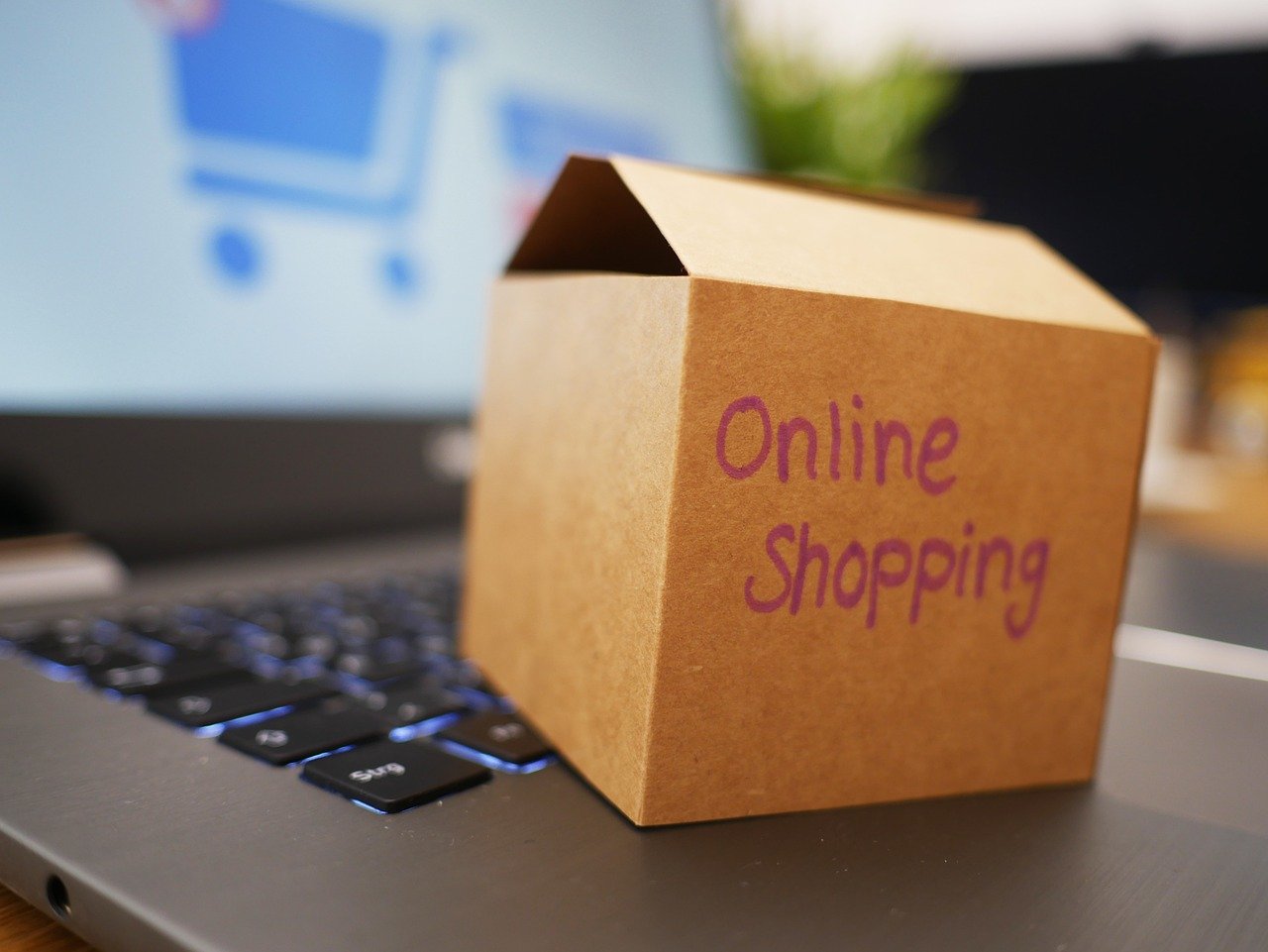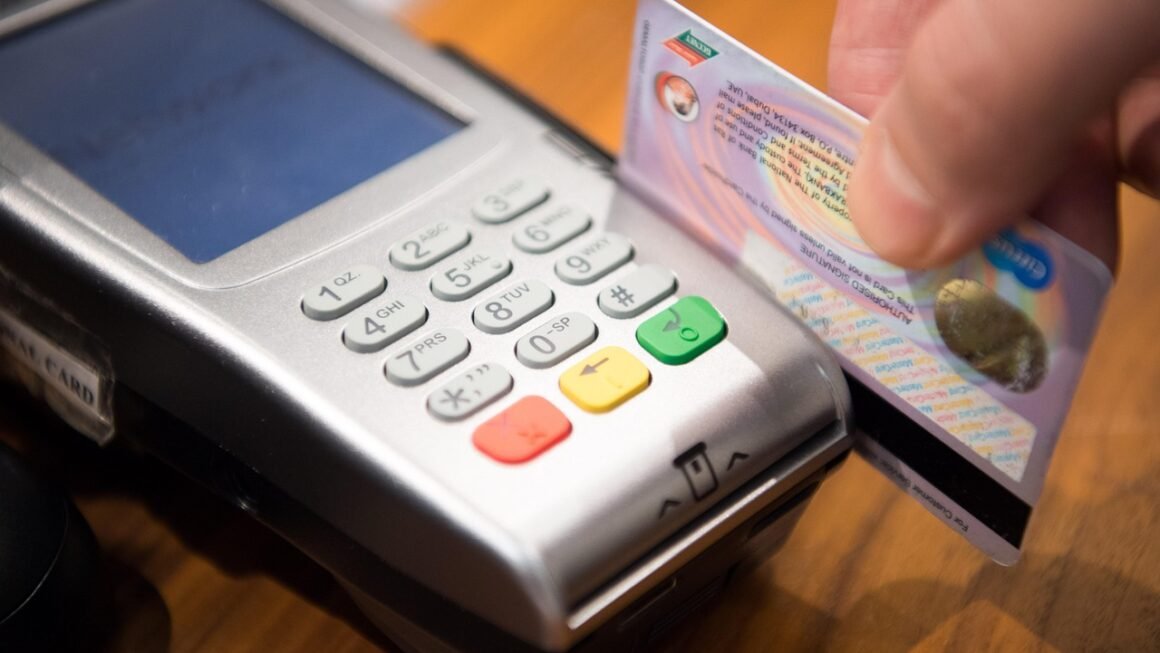Product bundling: a strategy as old as retail itself, yet still one of the most effective ways to increase sales, boost customer satisfaction, and clear out inventory. In today’s competitive marketplace, mastering the art of the product bundle can be the key to unlocking significant growth for your business. This guide explores the ins and outs of product bundling, offering actionable insights and practical examples to help you create winning bundles that resonate with your target audience.
What is Product Bundling?
Defining Product Bundling
Product bundling is a marketing strategy that involves offering multiple products for sale as one combined product. These products are typically related or complementary, providing added value to the customer and encouraging them to purchase more than they originally intended.
Why is Product Bundling Effective?
Bundling is effective because it creates a perception of value for the customer. It simplifies the buying process, often offering a discount or added benefit that motivates a purchase. From the business perspective, it can lead to increased sales volume, reduced marketing costs (by promoting multiple products simultaneously), and better inventory management.
- Increased Average Order Value (AOV)
- Reduced Customer Acquisition Cost (CAC)
- Faster Inventory Turnover
- Enhanced Customer Experience
Example: A camera store might bundle a camera body with a lens, a camera bag, and extra batteries, all sold together at a price lower than buying each item individually. This attracts customers looking for a complete photography setup and increases the store’s overall sales.
Types of Product Bundles
Pure Bundles
Pure bundles offer items that can only be purchased as part of the bundle and not individually. This strategy is often used to clear out less popular items or to introduce new products.
Example: A software company might offer a “Premium Suite” that includes several specialized applications only available within the suite. This encourages users to upgrade to the higher-priced bundle.
Mixed Bundles
Mixed bundles, also known as “new product bundles,” offer items that can be purchased separately, but are also available at a discounted rate when purchased together. This is a common and versatile bundling approach.
Example: A fast-food restaurant offers a meal deal consisting of a burger, fries, and a drink. Each item can be purchased separately, but the meal deal provides a slight discount.
“Buy One, Get One” (BOGO) Bundles
Although not strictly a bundle in the traditional sense, BOGO offers are a powerful form of bundling. They incentivize customers to purchase more of a specific item or related items.
Example: “Buy one shirt, get the second shirt half off.” This encourages customers to buy two shirts instead of just one, increasing sales volume.
Cross-Sell Bundles
Cross-selling bundles suggest complementary items based on a customer’s purchase history or browsing behavior. They are often presented during the checkout process.
Example: An online electronics store might suggest headphones and a cleaning kit when a customer adds a smartphone to their cart.
Creating Effective Product Bundles
Understanding Your Customers
The foundation of any successful bundling strategy lies in understanding your customer base. Analyze your sales data to identify which products are frequently purchased together or which products complement each other. Consider customer demographics, preferences, and purchase habits.
- Conduct Customer Surveys
- Analyze Website Data (e.g., frequently viewed products)
- Review Customer Reviews and Feedback
Selecting the Right Products
Choose products that naturally complement each other or solve a common customer need. Ensure the bundle offers genuine value and addresses a specific problem or desire.
Example: A shaving kit bundle might include shaving cream, a razor, aftershave balm, and a shaving brush. These products work together to provide a complete shaving experience.
Pricing Your Bundles
Pricing is crucial. The bundle price should be attractive enough to incentivize purchase but also profitable for your business. Clearly communicate the savings to customers.
Tip: Calculate the individual prices of the items in the bundle and then offer a discount, typically between 10% and 30%, depending on the products and your profit margins.
Promoting Your Bundles
Effective marketing is essential to drive awareness and sales of your product bundles. Use prominent placement on your website, email marketing campaigns, social media promotions, and in-store displays (if applicable).
- Use high-quality product images and compelling descriptions.
- Highlight the value proposition and the savings offered by the bundle.
- Run targeted ads to reach specific customer segments.
Benefits of Product Bundling
Increased Sales and Revenue
Product bundling can significantly increase sales volume and overall revenue. By encouraging customers to purchase more items in a single transaction, you can boost your average order value and maximize profitability.
Improved Customer Satisfaction
Bundles offer convenience and value, which can lead to higher customer satisfaction. Customers appreciate the simplified shopping experience and the perception of getting a good deal.
Efficient Inventory Management
Bundling can help you move slow-moving or excess inventory by pairing it with popular items. This reduces storage costs and frees up valuable shelf space.
Enhanced Brand Perception
A well-curated bundle can enhance your brand’s reputation by demonstrating your understanding of customer needs and your commitment to providing valuable solutions.
Conclusion
Product bundling is a powerful marketing tool that can drive sales, improve customer satisfaction, and optimize inventory management. By understanding your customers, selecting the right products, pricing your bundles effectively, and promoting them strategically, you can unlock the full potential of this versatile strategy. Implement these insights to create compelling bundles that resonate with your target audience and propel your business to new heights.



